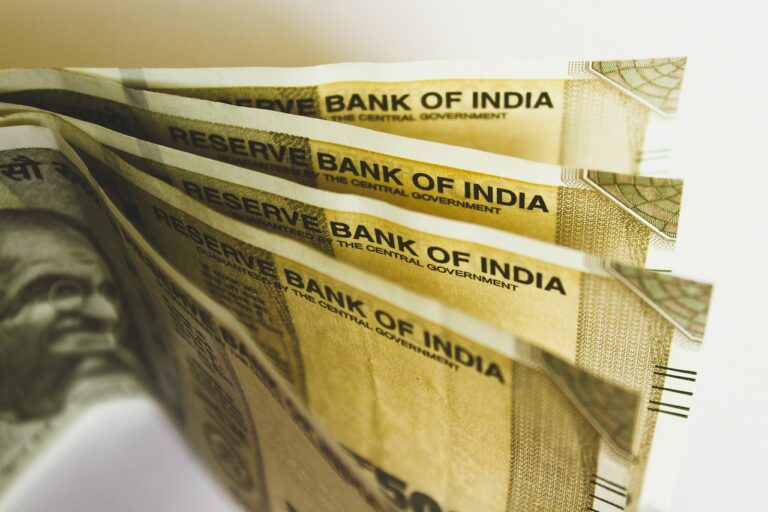
Rome/Nairobi: According to Food and Agriculture Organisation’s 2020 State of Food and Agriculture report, “the lives of over a billion people are severely constrained by water scarcity or water shortages”.
UN World Water Development Report 2021:Valuing Water further notes that about 1.6 billion people face ‘economic’ water scarcity, which means that while water may be physically available, they lack the necessary infrastructure to access that water.
The year 2020 saw the rise of the COVID-19 pandemic, which hit the world’s most vulnerable people the hardest – many of them living in informal settlements and urban slums. While hand hygiene is extremely important to prevent the spread of COVID-19, globally, over three billion people and two out of five health care facilities lacked adequate access to hand hygiene facilities!
FAO Director-General Qu Dongyu said during a large virtual celebration to mark World Water Day 2021, on March 22, 2021, that in the future, “population growth and changing diets will increase water needs, intensifying competition among water users.”
According to UN World Water Development Report 2021:Valuing Water, which was released here to coincide with the World Water Day, the current status of water resources highlights the need for improved water resources management. It points out that achieving universal access to safe drinking water and sanitation (Sustainable Development Goal (SDG) Targets 6.1 and 6.2) in 140 low- and middle-income countries would cost approximately US$1.7 trillion from 2016 to 2030, or US$114 billion per year.
In her foreword, Audrey Azoulay, Director-General of UNESCO, wrote: “What is water worth? There is no easy answer to this deceptively simple question. On the one hand, water is infinitely valuable – without it, life would not exist. On the other, water is taken for granted – it is wasted every single day.”
The report points out that global freshwater use has increased by a factor of six over the past 100 years (Figure P1) and continues to grow at a rate of roughly 1% per year since the 1980s (AQUASTAT, n.d.). While the rate of increase in freshwater use had tapered off in most Member States of the Organisation for Economic Co-operation and Development (OECD), where per capita water use rates tend to be among the world’s highest, it continues to grow in the majority of the emerging economies, as well as in middle- and lower-income countries (Ritchie and Roser, 2018). Much of this growth can be attributed to a combination of population growth, economic development and shifting consumption patterns.

Agriculture uses the major share (69%) of global freshwater resources, which are mainly used for irrigation but also include water used for livestock and aquaculture. This ratio can reach up to 95% in some developing countries (FAO, 2011a). Industry (including energy and power generation) accounts for 19%, while municipalities are responsible for the remaining 12%.
However, water use for food production is being questioned as intersectoral competition for water intensifies and water scarcity increases. Moreover, in many regions of the world, water for food production is used inefficiently. This is a major driver of environmental degradation, including depletion of aquifers, reduction of river flows, degradation of wildlife habitats, and pollution.
The report also suggests, the values of water in the context of conflict, peace and security are paradoxical. Whilst much has been written about the positive value of water in promoting peace, in many cases water itself was a contributing factor to the conflict in the first place.
“Recognizing, measuring and expressing water’s worth, and incorporating it into decision-making, are fundamental to achieving sustainable and equitable water resources management and the Sustainable Development Goals (SDGs) of the United Nations’ 2030 Agenda for Sustainable Development,” the report stated.
It may be mentioned that globally, over 3 billion people are at risk of disease because the water quality of their rivers, lakes and groundwater is unknown, due to a lack of data. To fill the gap, the United Nations Environment Programme (UNEP) used Earth Observation technologies to track, over long time periods, the extent to which freshwater ecosystems are changing. Researchers surveyed more than 75,000 bodies of water in 89 countries and found that more than 40 per cent were severely polluted.
Moreover, a fifth of the world’s river basins are experiencing dramatic fluctuations in water availability, and 2.3 billion people are living in countries categorized as “water-stressed,” including 721 million in areas where the water situation is “critical,” according to recent research carried out by the United Nations Environment Programme (UNEP) and partners.
“Our planet is facing a triple crisis of climate change, biodiversity loss and pollution and waste. These crises are taking a heavy toll on oceans, rivers, seas and lakes,” said UNEP Executive Director Inger Andersen. “Collecting regular, comprehensive and up-to-date data is vital to managing our water resources more sustainably and ensuring access to safe water for all.”
Yet, historically, there had been little data on the global state of freshwater ecosystems. Fresh water is in fact scarce, and becoming scarcer. Over 2 billion people already live in areas subject to water stress. Some 3.4 billion people, 45% of the global population, lack access to safely managed sanitation facilities. According to independent assessments, the world will face a global water deficit of 40% by 2030. This situation will be worsened by global challenges such as COVID-19 and climate change, the UN World Water Development Report 2021, warns.
The numbers, presented on March 18, 2021 at a high-level UN meeting on the water-related goals of the 2030 Agenda, suggest the world is falling behind on a global push to provide safe drinking water to all of humanity. UNEP’s data indicates that the world is not on track to achieve sustainable water management by 2030 and efforts would have to double over the next nine years to achieve Sustainable Development Goal (SDG) 6 – which calls for “the availability and sustainable management of water and sanitation for all.”
World Water Day recognizes the value of water and the role it plays in sustaining life. Not only a basic human right, water is critical to the achievement of Sustainable Development Goal 6: water and sanitation for all by 2030.
According to the 2021 report, Agriculture uses the major share (69%) of global freshwater resources. However, water use for food production is being questioned as intersectoral competition for water intensifies and water scarcity increases. Moreover, in many regions of the world, water for food production is used inefficiently. This is a major driver of environmental degradation, including depletion of aquifers, reduction of river flows, degradation of wildlife habitats, and pollution.
As the global population grows, so too do the demands for water – for drinking, sanitation, farming and energy production, among many other uses.human activity and climate change are disrupting natural water cycles, putting freshwater ecosystems under pressure. It is good that across the globe, people are recognizing the importance of clean, safe water.
An example is the Minamata Convention, named after the Japanese city where people suffered crippling illnesses after being poisoned by mercury-tainted industrial wastewater. The convention reached a milestone in 2020 – the deadline for Parties to cease the manufacture, import and export of mercury containing products cited in the Convention.
Another example is of the fashion industry that consumes 215 trillion litres of water and emits 3.3 billion metric tonnes of greenhouse gases every year. To counter the impact of fast fashion, a UNEP report is helping producers and consumers to make greener choices by identifying the impacts of textiles on climate, land, ecosystems, water, human health and social issues. Designers like UNEP’s Regional Goodwill Ambassador Rami Kadi – whose spring/summer 2020 collection included a dress made from recycled plastic – are using their platform for good.
Yet another example is that of seagrasses.Seagrasses are marine flowering plants that are found in shallow waters in many parts of the world, and healthy seagrasses provide a source of opportunities to mitigate climate change, adapt to future changes, build resilience and offer multiple additional societal benefits. However, seagrasses are among the least protected coastal ecosystems, and they have been declining globally since the 1930s, with the most recent census estimating that 7 per cent of this key marine habitat is being lost worldwide per year, which is equivalent to a football field of seagrass lost every 30 minutes.
UNEP also launched a new International Seagrass Experts Network and published the first global report on the importance of seagrass ecosystems to people, biodiversity and the environment – they boost fish production, improve water quality and protect coastlines. The network is supporting the world’s first seagrass carbon market project in Kenya.
Today, some 2.2 billion people live without access to safe water and the annual amount of available freshwater per person has declined by more than 20 percent in the past two decades, yet more and more water is needed to nourish crops to feed a growing global population. This year’s World Water Day theme, ‘Valuing Water’, underscores the urgent need to better protect this vital resource.
– global bihari bureau





